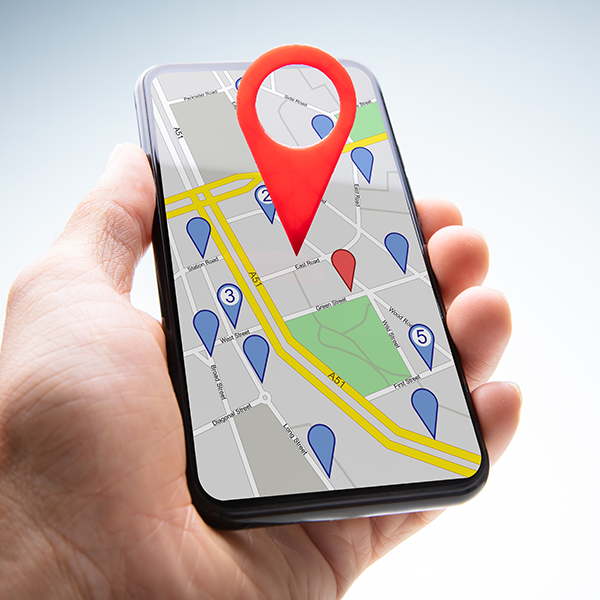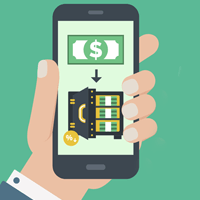5 Brands Making Mobile Work

With mobile traffic trending upward for the foreseeable future, one thing is clear - brands in every vertical need to embrace the small screen.
For starters, this means optimizing everything from a brand's website to its email campaigns for mobile. Additionally, many brands are investing in mobile apps to position themselves on the home screens of consumers' phones. When optimizing websites and developing apps, however, it is important that brands take their consumers' preferences and habits into consideration.
For help making your brand more small-screen friendly, get some inspiration by checking out the five brands featured below that are already making mobile work:
Welden Bags
When it comes to offering mobile consumers a user-friendly experience on the small screen, Welden Bags is excelling. The retailer's site is fully responsive, enabling it to offer a consistent experience to consumers regardless of the device they use to shop.
The ease of navigation on Welden's mobile site is also worth noting. For example, upon arrival to the site, consumers can choose to take a closer look at the items featured on the landing page, or opt to leverage the sliding menu icon in the upper left-hand corner. This menu bar enables users to quickly navigate to their desired page with options like "new arrivals," "collections" and "my account." Plus, when a consumer navigates to a product page, Welden conveniently offers a "back" button that makes it simple for them to navigate back to the previous page.
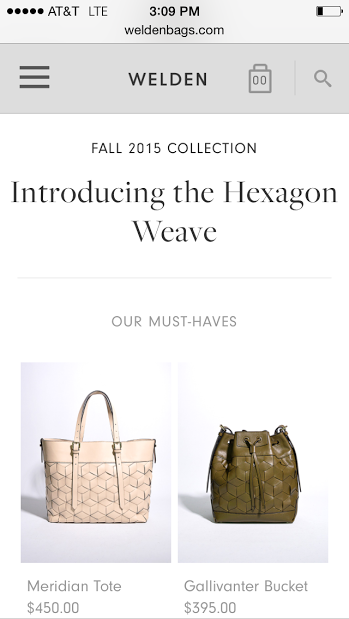
Adobe
As a leader in the tech industry, Adobe knows how important mobile is for its customers. This is why the company offers numerous mobile apps that can be leveraged to help designers, developers and other tech professionals work while they are on the go.
It is important to note that Adobe caters to its customers by not only offering mobile apps for specific functions like image editing and creating design mockups, but also by offering access to its Creative Cloud through mobile devices. Doing so increases customer satisfaction, which has an impact on overall loyalty.
For example Adobe's Creative Cloud apps for iOS and Android enable Creative Cloud users to access their files and design assets from wherever they are, which is convenient because you never know where inspiration might strike. Additionally, users can share their work and collaborate with team members through the app. Adobe even took mobile one step further by making the Creative Cloud app also available on Apple Watch, which enables users to quickly view feedback while away from their desktops (and smartphones).
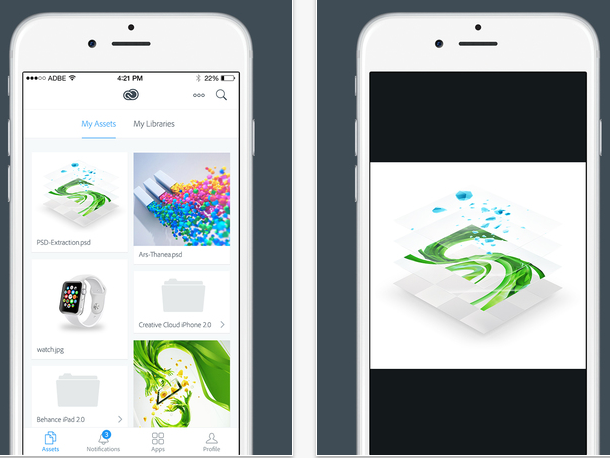
Starbucks
Not only does Starbucks offer a responsive website to it mobile customers, but the coffee maker also has a mobile app that helps the company increase customer loyalty.
Through the Starbucks app, users can pay for their purchases and manage their Starbucks Cards, including checking their balance, adding funds and viewing transaction history. What's more, the app can be leveraged to earn and track rewards, as well as to send eGift cards to friends, find nearby store locations and to leave a digital tip for Starbucks' baristas. Moreover, the company offers an app for Apple Watch, which consumers can also use to pay and track rewards.
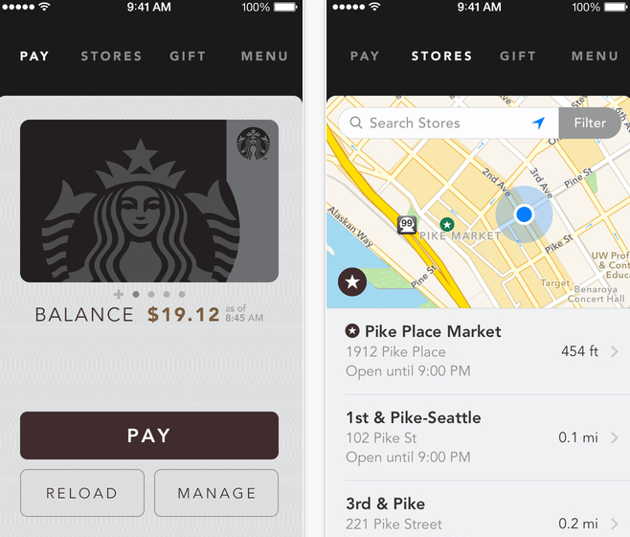
Similar to Adobe, LinkedIn offers a suite of mobile apps to its users that can be leveraged for a variety of activities, from searching for a new job to connecting with current coworkers. In fact, the social network currently offers seven apps in total.
While the company's traditional LinkedIn app offers a similar experience to its Web presence, members of the social network can also look for careers via the LinkedIn Job Search app as well as keep up with the latest professional news via the LinkedIn Pulse app. In addition, LinkedIn offers a Recruiter app for those looking to hire, a Sales Navigator app to help professionals manage their leads and a SlideShare app that enables users to view presentations while on the go. Lastly, the social network recently launched a "Lookup" app, which aims to help users find and learn more about their coworkers.
By offering such a wide variety of apps, LinkedIn ensures that it is delivering a useful experience to all of its members, which also increases overall engagement with the social network.
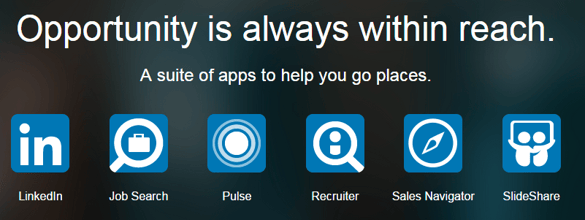
Target
Target decided to use mobile to its advantage by equipping its customers with an app to help them save money during their brick-and-mortar shopping trips.
The app, dubbed Cartwheel, works because it provides value to Target's customers via discounts. These discounts make consumers eager to engage with the app not just once, but every time they visit a Target store. What' more, the app is beneficial to Target because it works as another communication channel that can increase customers' average order values (AOV) by encouraging them to purchase something they didn't originally intend on buying simply because it is discounted. The app also helps Target market its own product lines (which are usually always discounted on the Cartwheel app), increase loyalty, boost conversions and bridge the gap between its on and offline presence.
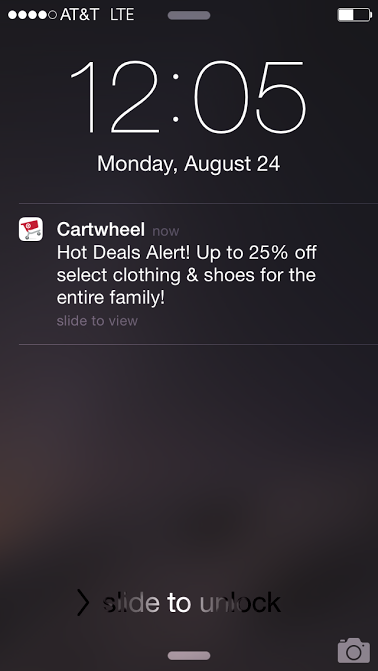

Subscribe to Our Newsletter!
Latest in Mobile Marketing







